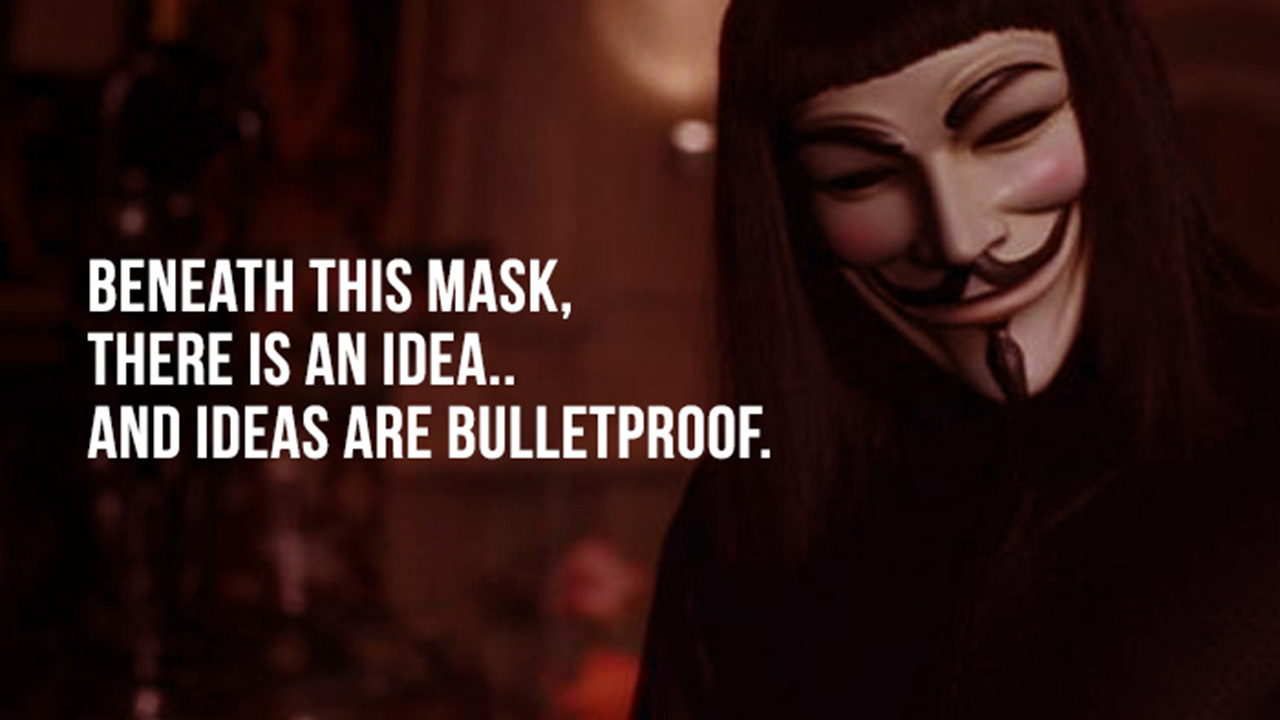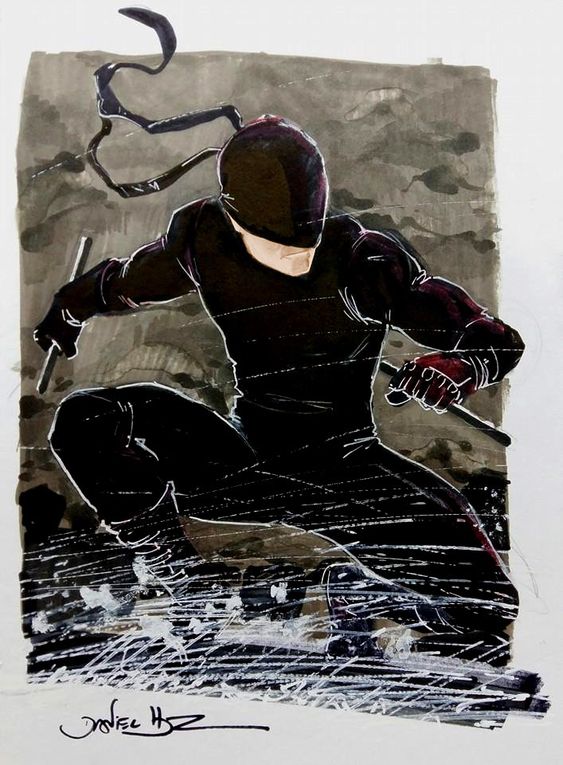I considered a few additional paths. I considered, and discarded, the Wounded Healer when I reread the Bound Princess and realized it was pretty close to the same thing. I also considered the Mother, as more feminine archetypes would be nice to have and it's a pretty profound trope that would fit, for example, House Elegans. I also considered the Artificer or the "Lawbringer," the cultural hero who sets up the traditions everyone currently knows, and who is the font from whom artifacts and relics spring, but is punished for his deed: think Prometheus. I still like this idea, but it needs to be carefully divorced from the Mystical Tyrant (though it tickles me to think of the forger of ancient traditions as ultimately arising from Dark Communion).
So, like I said, I had been thinking about "The Wounded Healer" when I realized that the Bound Princess was too similar. So I did what I usually do in such cases, and started paging through Unknown Armies, looking for ideas. I picked up the new edition and, lo, there it was: the Good Citizen. The idea of the Good Citizen was that he was some nameless nobody who protected his community. Greg Stolze clearly drew inspiration from the George Zimmerman/Trayvon Martin tragedy, but as is typical of the Unknown Armies avatars, generalized it to a broader concept. I personally fell in love with the concept: the namelessness is perfect for True Communion, as it dissolves the self into the greater community, and the character fights for the traditions of his people. The idea here is that when the law fails, the people must rise up to support what should be the law, which is an embodiment of the Super-Ego if I ever saw one.
So I began to write. Obviously, if we need to hide who we are, we need a mask, at least a symbolic one, and that probably means you need some symbol to fight behind, and you need some community, some tradition to fight for, preferably in circumstances when that law has failed. Oh, I then realized, I've recreated super-heroes.
Of course, I've studied the history of super-heroes more than most people (there was a wonderful, huge history of Marvel book in my library in highschool. I wasted many a lunch hour poring over that hoary tome). Super-heroes got their start in the early 20th century, in the eras of the Depression and Prohibition. They were often stories of valiant, masked everymen who beat of mafiosos. We tend to forget, in our coddled 21st century, just how bad crime was during the Golden age of Comics (and a few other eras in which crime ran rampant, such as the 70s). A kid might know of people who were killed by gang violence, and turn to the comforting pages of a comic book to see Superman or Batman beat up the guys who were killing people in the streets. Of course, the same era saw the peak of the KKK, which is largely built on the same roots: the sense that something has gone deeply wrong with society and that everyday people need to do something to take it back. This suggests something nefarious about the Nameless Hero, but remember that I said that True Communion needn't be good. We often see tropes of the "masked everyman" rising during times of chaos to restore 'the old ways," but those times of chaos are also times of progress, which makes the nameless hero a potential enemy of change.
Naturally, the Nameless Hero and the Righteous Crusader have numerous similarities, so this resulted in some clarifications of the Righteous Crusader. The Crusader became the hero-who-goes-out, the knight to fights supernatural dragons and stands for the formal order. He obeys the law. He is the law. And he wears shiny armor. He is "superman." The Nameless Hero is the hero-who-stays, the man who stands up for his neighbors and his family. He fights mundane monsters, like crime and corruption, and he stands for an informal order. He obeys an unspoken tradition. He is community justice. He is "batman." He's the father with a shotgun who guards over his daughters as they sleep; he's the gossiping housewife who frets over the rise of drugs in her street; he is the activist who writes letters and tries to get people to see how the streets have become worse.


No comments:
Post a Comment
Note: Only a member of this blog may post a comment.